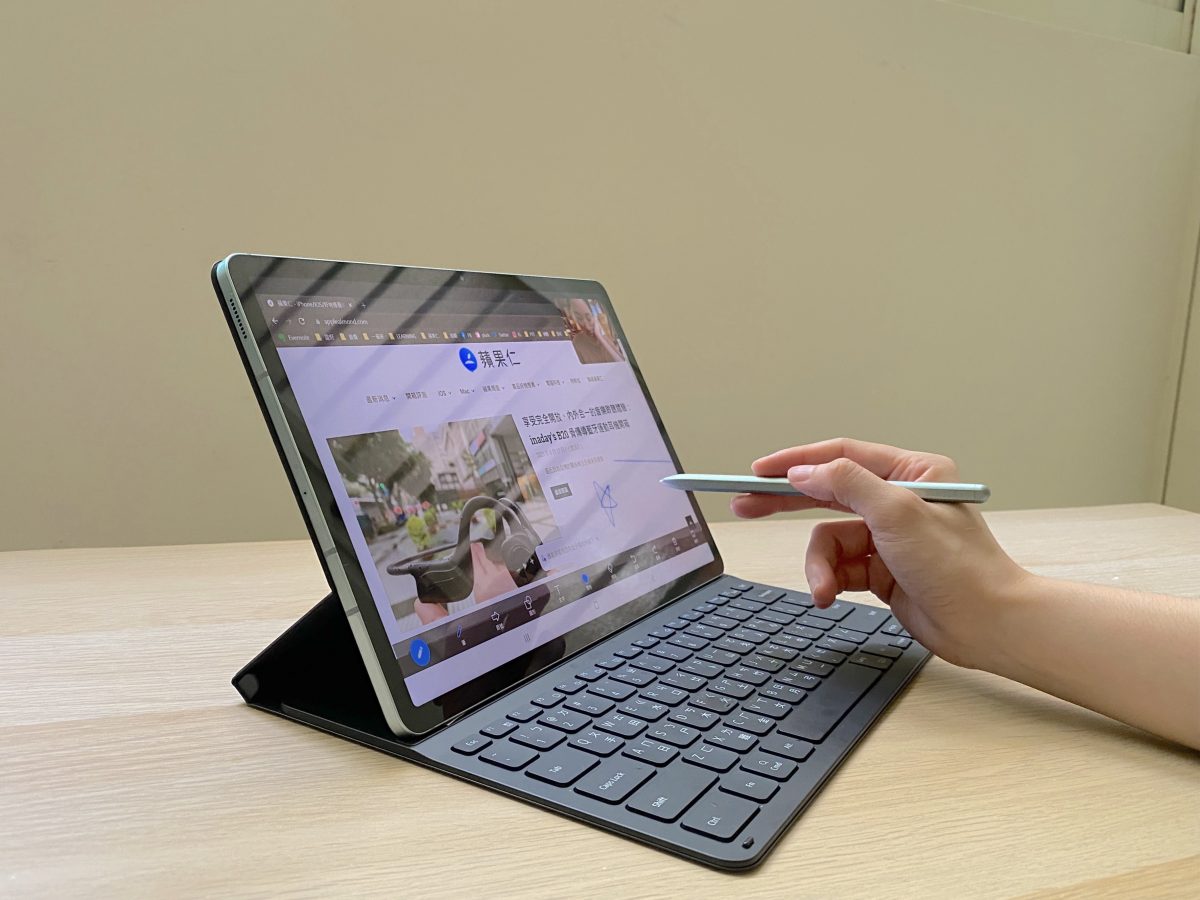The content appears to be a mix of promotional offers, navigation links, and product categories for a website, likely related to cellular signal boosters and related accessories. Below is an analysis while maintaining the original paragraph structure:
—
**Up to 25% off
most products –
Start Shopping
.
Login**
This section is a promotional banner highlighting a discount of up to 25% on most products. It encourages users to start shopping and provides a login option, likely for returning customers.
—
**Up to 25% off
most products –
Start Shopping
.
Login**
This is a repetition of the promotional banner, possibly to reinforce the offer or due to a formatting error.
—
**Up to 25% off
most products –
Start Shopping
.**
Another repetition of the promotional offer, emphasizing the discount and encouraging users to shop.
—
**Up to 25% off
most products –
Start Shopping
.**
This is the fourth instance of the same promotional banner, which may indicate a design choice to ensure visibility or a formatting issue.
—
**Login**
A standalone login prompt, likely for returning customers to access their accounts.
—
**We’re here to help. Call us!
1-855-846-2654
Search
We’re here to help. Call us!
1-855-846-2654
Cart
0**
This section provides customer support information, including a phone number and a search option. It also displays a cart icon with a count of 0, indicating no items are currently in the cart.
—
**We’re here to help. Call us!
1-855-846-2654
Search
We’re here to help. Call us
This is the most common question we get asked from people confused about the different major carrier cell frequencies and bands of 4G LTE services in USA. Different mobile service carriers in North America such as AT&T, Sprint, Verizon and T-Mobile networks use different LTE frequencies and bands for a variety of r
Source: What is 4G LTE Frequency & Band of Verizon, AT&T, T-Mobile, Sprint?
